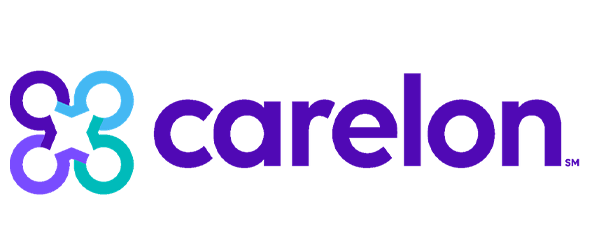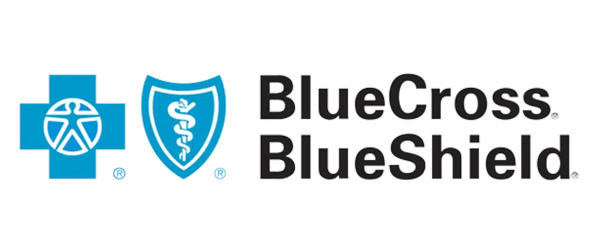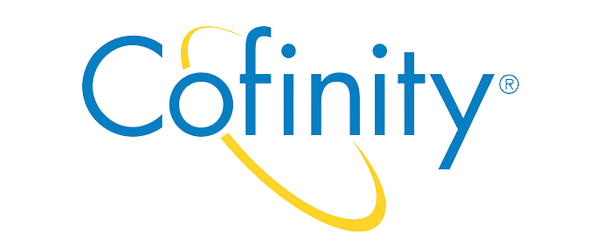Red Light Therapy
Red light therapy is an innovative whole-body wellness approach that can alleviate symptoms of mental stress. Creekside Recovery Group is proud to offer red light therapy at many of our mental health and addiction treatment centers.
To best prepare all our patients for sustained progress, Creekside Recovery Network offers a dynamic array of research-supported nontraditional services, including red light therapy.
What is Red Light Therapy?
Red light therapy is a treatment technique that uses exposure to near infrared light (NIL) to help people who have been experiencing a variety of physical ailments and mental health concerns. Red light therapy is also sometimes referred to as photobiomodulation (PBM) and low level laser therapy (LLLT).
The history of red light therapy can be traced to the 1960s, though the Food and Drug Administration (FDA) did not approve the first red light therapy device until 2002. Initially, researchers who studied red light therapy focused on its ability to treat pain, heal wounds, and address other physical health challenges. In recent years, experts have begun to explore the benefits of red light therapy for depression, anxiety, and other mental health disorders.
As the use of red light therapy continues to expand, healthcare experts are gaining a greater understanding of how red light therapy can have a positive impact on both the body and the mind.
What Does Red Light Therapy Do?
When you receive red light therapy for depression or another mental health disorder, you will be seated in a comfortable room. You may sit in front of a small instrument that emits the red light, or the professional who provides this service may lightly place a handheld device on or near your forehead.
The wavelength of the light that is used in red light therapy for depression and other mental health concerns can penetrate the skin and the skull. Experts believe that red light simulates mitochondria, which are parts of cells that are responsible for energy.
When red light enters the brain, it appears to activate and strengthen connections within the default mode network. This network is composed of interconnected brain areas that are active when a person is not focused on tasks or other external stimuli.
In addition to promoting brain activity, red light therapy may also help to protect neurons from certain sources of damage.
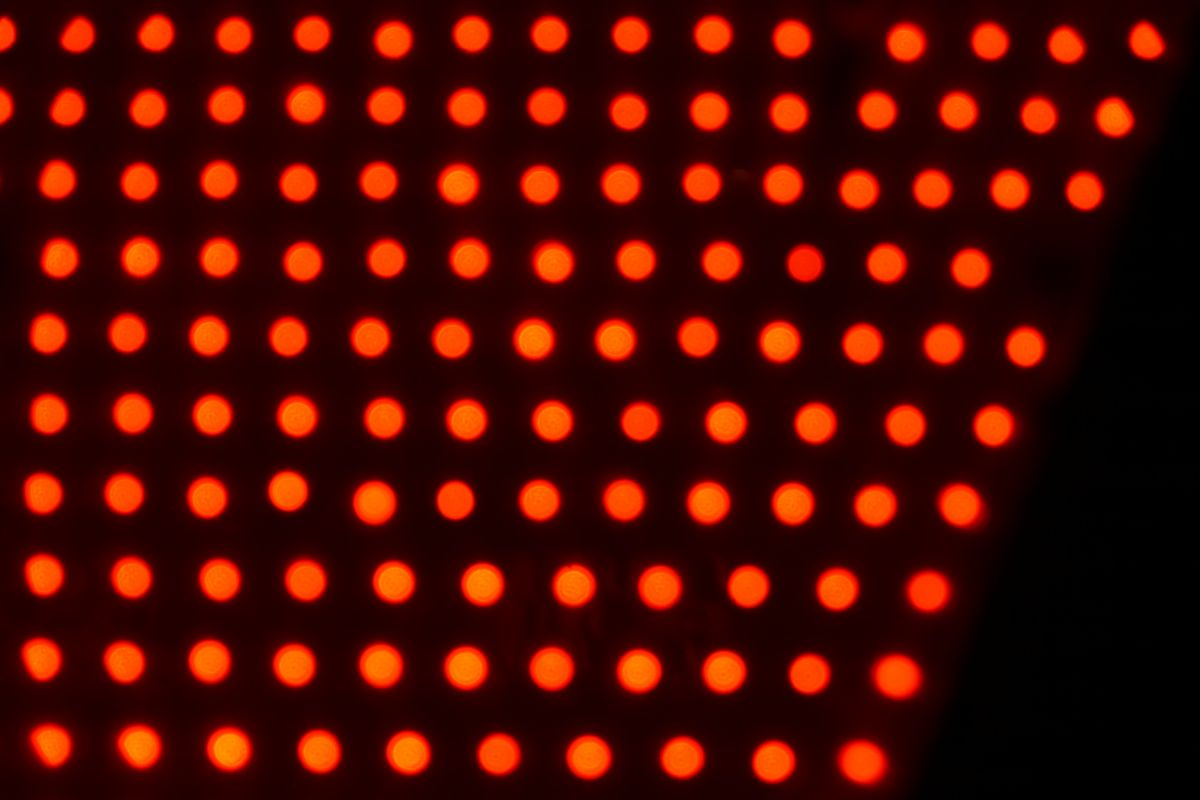
Red Light Therapy for Depression
Several studies indicate that red light therapy can be an effective element of depression treatment.
One such study was published by the journal Behavioral and Brain Functions in December 2009:
- This small pilot study included 10 subjects (five men and five women), all of whom had major depressive disorder.
- The subjects received four treatments in a random order: near infrared light (NIL) therapy to the left forehead, NIL to the right forehead, and placebo (no light) to both the left and right forehead.
- The study subjects were assessed with the Hamilton Depression Rating Scale (HAM-D), Hamilton Anxiety Rating Scale (HAM-A), and Positive and Negative Affect Scale (PANAS).
When a subject was assessed after receiving NIL treatment, they showed improvement “to a significantly greater extent” than they did after receiving the placebo version, the researchers reported.
Two weeks after receiving treatment, six of 10 subjects remained in remission from depression as determined by the HAM-D scale, and seven of 10 were in remission from anxiety as scored on the HAM-A scale.
Red Light Therapy for Anxiety
As noted in the previous section, several study subjects who had co-occurring anxiety showed improvement on the Hamilton Anxiety Rating Scale (HAM-A) after receiving red light therapy.
Also, a clinical trial recruitment notice from Massachusetts General Hospital reported the following:
- “Transcranial light therapy penetrates the skin and brain using light energy and the light energy may activate under-stimulated brain regions.”
- “Transcranial light therapy has been found to promote brain metabolism which may help people with anxiety.”
Other sources suggest that red light therapy seems to be most effective at helping people who have generalized anxiety disorder, or GAD.
Red Light Therapy for Addiction
In addition to helping people who have been struggling with anxiety and depression, red light therapy has also shown promise as an element of care for those who have substance use disorders (which is the clinical term for addiction).
Many people who develop addictions also have co-occurring mental health concerns such as depression and anxiety. In these cases, the ability of red light therapy to ease the symptoms of these co-occurring concerns may increase the person’s capacity for responding to life challenges in a healthier manner, without resorting to substance abuse.
Red light therapy has also been linked to elevated energy levels and healthier sleep patterns. Each of these features can be extremely beneficial to people who are working to gain a solid foothold in early recovery.
- “Transcranial light therapy penetrates the skin and brain using light energy and the light energy may activate under-stimulated brain regions.”
- “Transcranial light therapy has been found to promote brain metabolism which may help people with anxiety.”
Other sources suggest that red light therapy seems to be most effective at helping people who have generalized anxiety disorder, or GAD.
Find Help Now.
At Creekside Recovery Group, we believe that long-term recovery is possible. Our practical programs can help you and a loved one
Benefits of Red Light Therapy
The specific benefits that a person receives from red light therapy will depend on the disorder or disorders they have been struggling with, as well as their immediate and long-term goals for treatment. In general, though, red light therapy for depression and other mental health challenges may offer benefits such as the following:
- Safety: As we will discuss in greater detail in the next section, red light therapy poses minimal risk for significant side effects.
- Personalization: The focus and frequency of red light therapy sessions can be customized to ensure they are providing maximum benefit to each person.
- Accessibility: Red light therapy requires no physical exertion on the part of the patient, which means there are few to no physical barriers that would prevent a person from receiving this service.
- Documentation: Researchers throughout the world are continuing to study the ability of red light therapy to help people who have mental health concerns. As new insights are gained and shared, healthcare providers can make the necessary adaptations to ensure they are following industry-standard best practices.
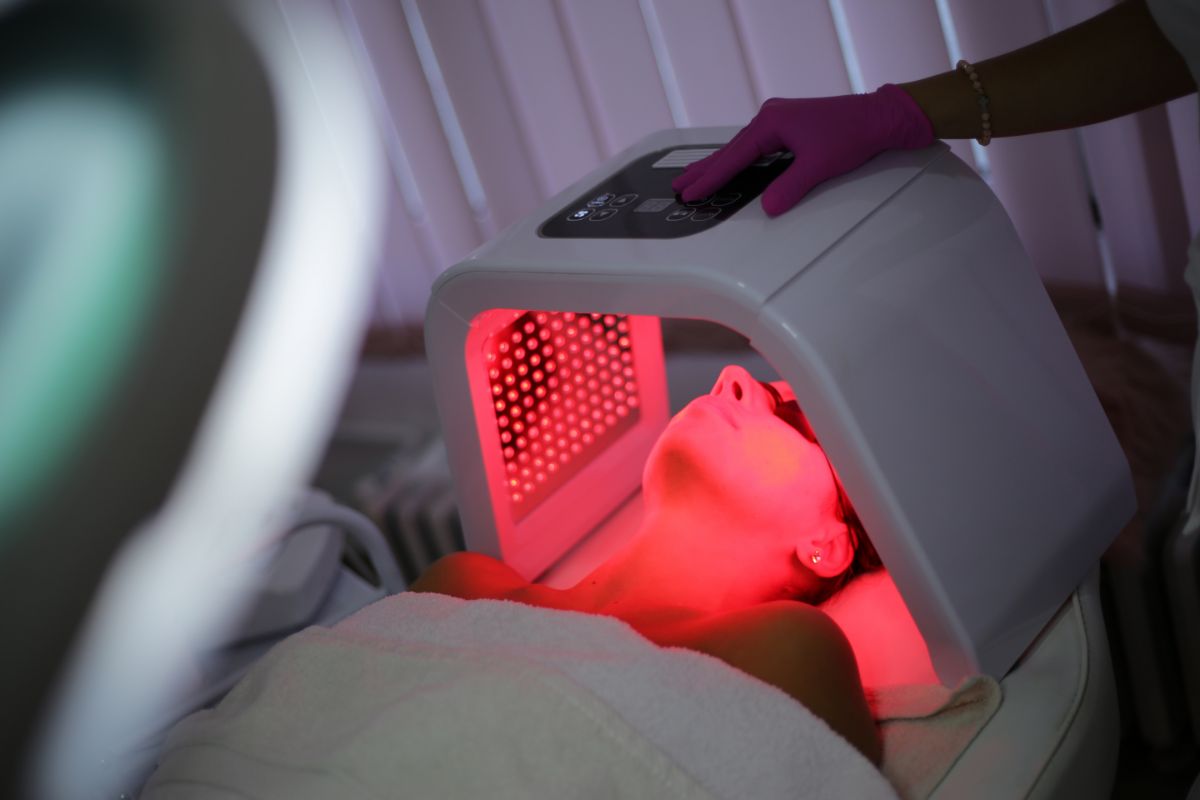
Is Red Light Therapy Safe?
Red light therapy is a painless, non-invasive technique that does not involve the use of any medications. It has proved to be safe for both short- and long-term use, with minimal potential for side effects.
Some people have reported blistering from red light therapy, but these cases appear to devices that were improperly used in the home, with no professional supervision. When you receive red light therapy for depression, anxiety, or addiction at a reputable and trusted treatment center, this service will be provided by a trained professional. This should preclude any risk of even minor harm.
Of course, if at any time you experience any negative effects that you believe are related to red light therapy, you should discuss your concerns with a member of your treatment team.
At facilities that are affiliated with Creekside Recovery Network, we encourage all patients to work in close collaboration with their treatment team, with the goal of empowering them to take ownership of their recovery. This includes asking patients to express any worries or misgivings that they have, so that we can address the issue and, if necessary, make any appropriate adjustments.

Medically Reviewed
Erika Dalton, LMSW
Erika Dalton, LMSW is a Licensed Master Social Worker and Director of Quality Control at Creekside Recovery Group
Facility Image Gallery
Begin Red Light Therapy Near You
If you are seeking red light therapy for depression, anxiety, and/or addiction, Creekside Recovery Network can help. Our network includes premier treatment centers that offer comprehensive services, including red light therapy, at several convenient locations.
At facilities within the Creekside Recovery Network, red light therapy is one of several elements that can be incorporated into a personalized plan to best meet your unique needs. To learn more about red light therapy and other features of our programming, please contact us at your earliest convenience.

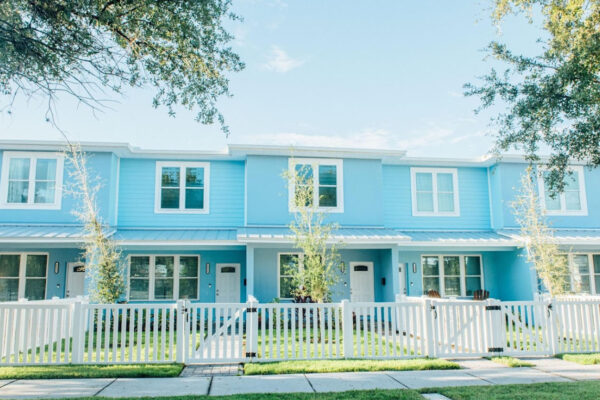


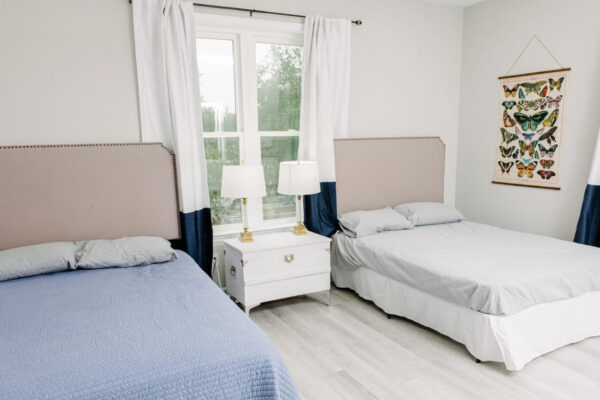

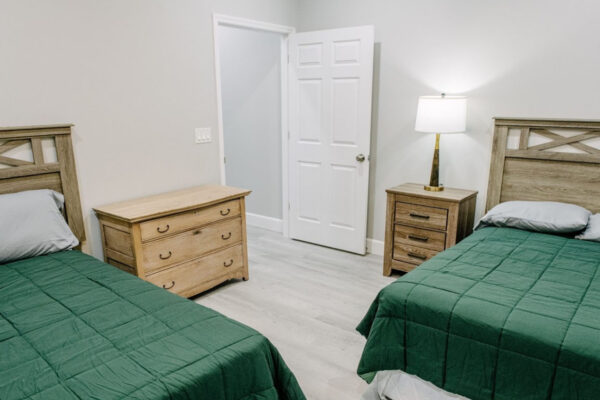
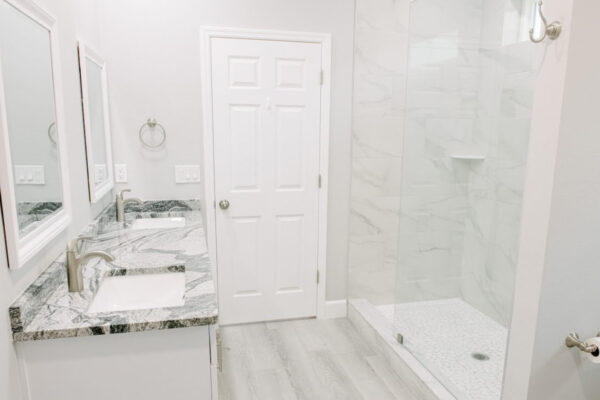
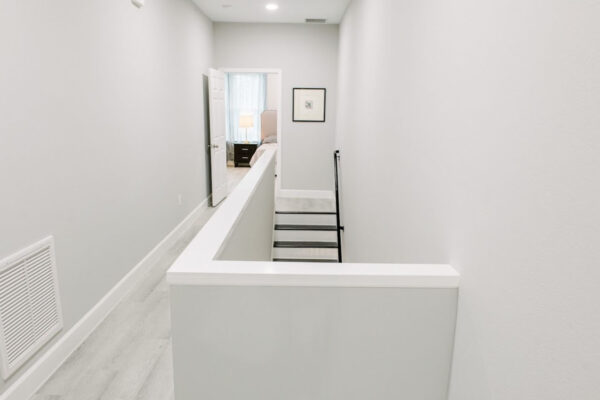

 Now that I have completed my successful journey here I would like to say that throughout it I was treated with nothing but respect. To take that a step further, I felt as if I was being treated by family.
Now that I have completed my successful journey here I would like to say that throughout it I was treated with nothing but respect. To take that a step further, I felt as if I was being treated by family.
